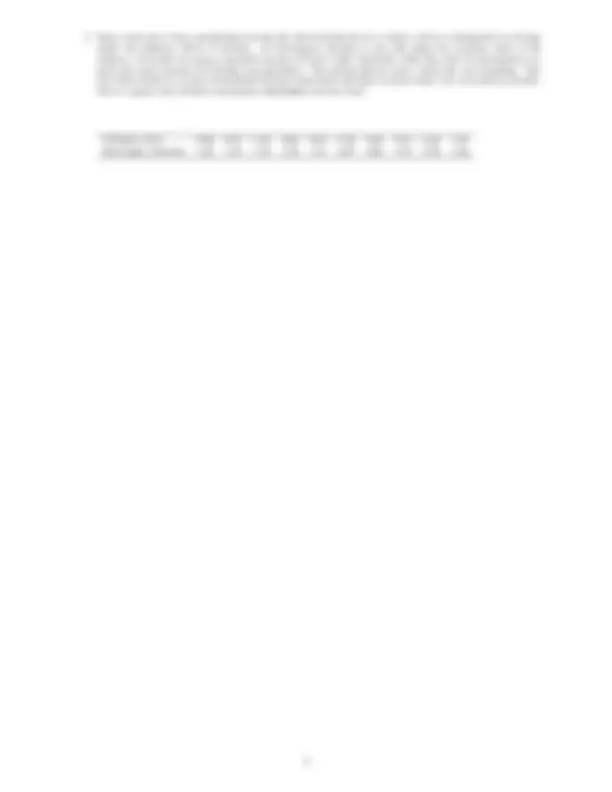



Study with the several resources on Docsity

Earn points by helping other students or get them with a premium plan


Prepare for your exams
Study with the several resources on Docsity

Earn points to download
Earn points by helping other students or get them with a premium plan
Community
Ask the community for help and clear up your study doubts
Discover the best universities in your country according to Docsity users
Free resources
Download our free guides on studying techniques, anxiety management strategies, and thesis advice from Docsity tutors
Information about two experiments aimed at investigating the impact of expectations on perceived wine quality and the effect of alcohol consumption on reaction times. The first experiment involves wine tasting with different expectation levels induced by interviews, while the second experiment tests reaction times of subjects given alcoholic or non-alcoholic beverages. At α = 0.01, determine if the interviewer's expectations affect perceived wine quality, and observe if alcohol consumption increases reaction times.
Typology: Quizzes
1 / 2

This page cannot be seen from the preview
Don't miss anything!


As it happens, the three wines are the same for all subjects. The only difference is in the texture of the interview, which is designed to induce a relatively high expectation of quality in the members of group A; a relatively low expectation in the members of group C; and a merely neutral state, tending in neither the one direction nor the other, for the members of group B.
Determine at the α = 0.01 if the perception given by the interviewer has an effect on the perceived quality of the wine. Group A B C 6.4 2.5 1. 6.8 3.7 4. 7.2 4.9 4. 8.3 5.4 5. 8.4 5.9 5. 9.1 8.1 8. 9.4 8.
Many states have been considering lowering the blood-alcohol level at which a driver is designated as driving under the influence (DUI) of alcohol. An investigator decided to test this using the reactions times of 20 subjects. 10 people are given a specified amount of Natty Light (alcoholic) while the other 10 participants are given the same amount of O’Douls (non-alcoholic). The groups did not know which the were drinking. The were then tested on a series of simulated driving experiences and their reaction times were recorded in seconds. Does it appear that alcohol consumption increases reaction time?
O’Doul’s (NA) 0.90 0.37 1.63 0.83 0.95 0.78 0.86 0.61 0.38 1. Bud Light (Alcohol) 1.46 1.45 1.76 1.44 1.11 3.07 0.98 1.27 2.56 1.